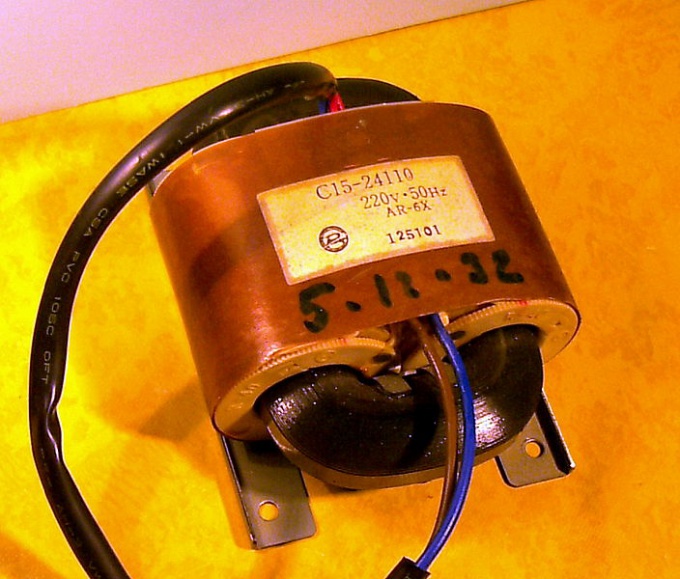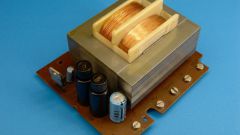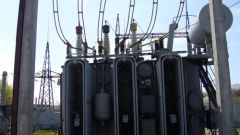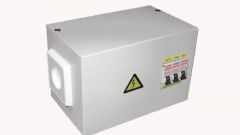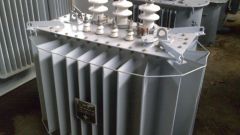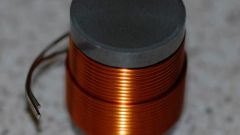Instruction
1
Take any transformer, disassembled. Its characteristics may be such that your goals did not fit. Importantly, he had only one parameter - power and was designed for a frequency of 50 Hz.
2
Disassemble the transformer. Wrap on top of the existing windings on it another containing one hundred turns. Re-assemble it.
3
On the windings of the transformer, which you are guaranteed to know that it is a network, feed line voltage through a fuse, the value which calculate by dividing the output of the transformer to the mains voltage.
4
Connect to the temporary winding of the voltmeter. Divide the number 100 on the voltage and you will get an important parameter of the transformer, number of turns per volt. Write it down and label as N.
5
Unplug and disassemble the transformer. Roll up to him not only a temporary winding and other windings, except network (it is wound last). The insulation separating it from the rest of the windings, in any case do not remove. Please note that now the network winding of the transformer is considered to be secondary and not the primary.
6
AC voltage that you are going to apply on the primary coil, multiply by N. the Frequency of this voltage must also be equal to 50 Hz. To obtain an alternating voltage with these parameters, say, from a battery using an improvised push-pull inverter is the key to any design. Wrap over insulation new primary winding, the number of turns which is equal to the result of the multiplication. Use wire of such cross section that it can sustain the current through the winding. To know the current, divide the power at the primary voltage.
7
Isolate primary winding. Connect to the secondary load, after which feed on the primary low AC voltage. The load should work.
Note
Remember that the transformer is a boost, and even at low voltage produces a high. And the self-induction can lead to bursts of high voltage even on the primary winding.
Take measures to prevent a through current in the inverter.
Never attempt to feed the transformer a constant voltage.
Take measures to prevent a through current in the inverter.
Never attempt to feed the transformer a constant voltage.
Useful advice
Before calculation, all units are translating in the SI system.
